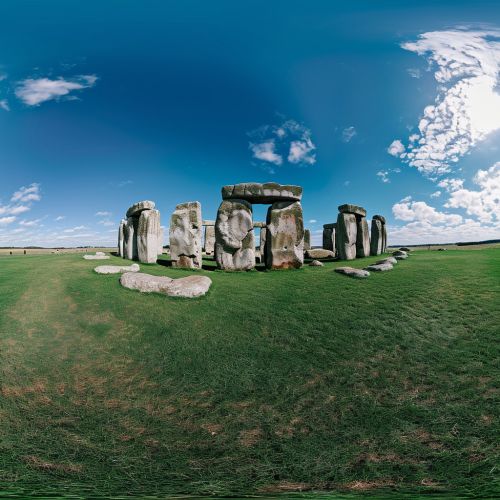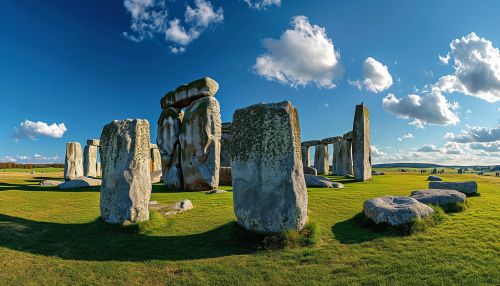History of England
Prehistoric and Ancient History
England's history begins with its initial settlement by prehistoric humans around 800,000 years ago. This period, known as the Paleolithic era, was characterized by the use of simple stone tools. The end of the last Ice Age around 10,000 BC marked the beginning of the Mesolithic period in England, during which people began to adopt a more settled, agricultural lifestyle.


The Neolithic period (4000-2500 BC) saw the development of more complex societies, with the construction of large stone structures, such as Stonehenge. The Bronze Age (2500-800 BC) and Iron Age (800 BC-AD 43) brought further advancements in technology and culture, including the creation of hill forts and the introduction of iron tools and weapons.
Roman Britain
The Roman conquest of Britain in AD 43 marked a significant turning point in the history of England. The Romans established the province of Britannia, which included present-day England and Wales. They built roads, walls (such as Hadrian's Wall), and cities (including Londinium, now London), and introduced new agricultural practices.
Anglo-Saxon England
The departure of the Romans from Britain around AD 410 led to a period of instability, which was exploited by invading Germanic tribes, including the Angles, Saxons, and Jutes. This period, known as the Anglo-Saxon period, saw the formation of several independent kingdoms, the adoption of Christianity, and the development of the Old English language.
Medieval England
The Norman Conquest in 1066, led by William the Conqueror, marked the beginning of the Medieval period in England. This period was characterized by feudalism, the establishment of a powerful monarchy, and significant developments in art, architecture, and literature.
The Plantagenet dynasty, which began with Henry II in 1154, saw the creation of important legal and governmental institutions, including the Magna Carta in 1215. The Hundred Years' War with France and the Wars of the Roses were significant conflicts during this period.
Early Modern England
The Tudor dynasty marked the start of the early modern period in England. This era was characterized by religious upheaval, with the English Reformation leading to the establishment of the Church of England. The reign of Elizabeth I saw the defeat of the Spanish Armada and the flourishing of English literature, epitomized by the works of William Shakespeare.
The Stuart dynasty followed the Tudors, marked by the English Civil War, the execution of Charles I, and the establishment of the Commonwealth of England under Oliver Cromwell. The Glorious Revolution of 1688 led to the ascension of William III and Mary II to the throne and the establishment of constitutional monarchy.
Modern England
The Industrial Revolution in the 18th and 19th centuries transformed England from a largely agricultural society to an industrialized nation. This period saw significant social and economic changes, including urbanization, the growth of the middle class, and the expansion of the British Empire.
The 20th century was marked by two World Wars, the decline of the British Empire, and significant social and cultural changes. The post-war period saw the establishment of the welfare state, including the National Health Service, and the decolonization of Africa and Asia.
